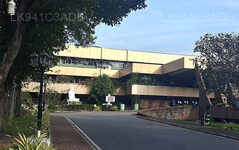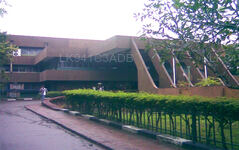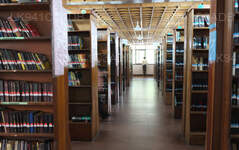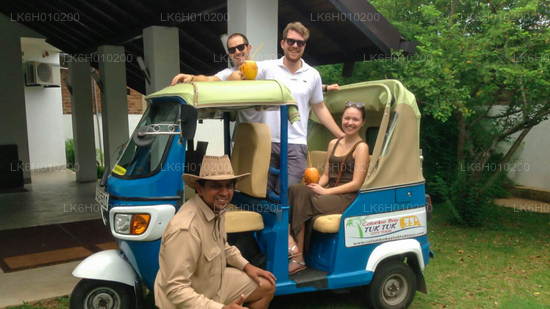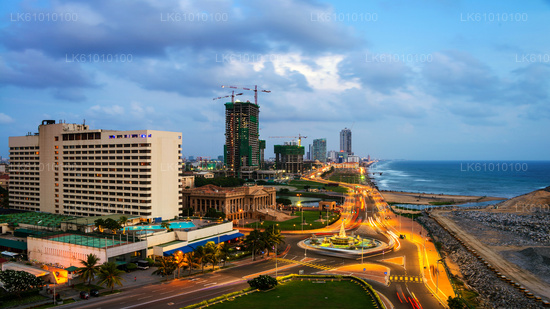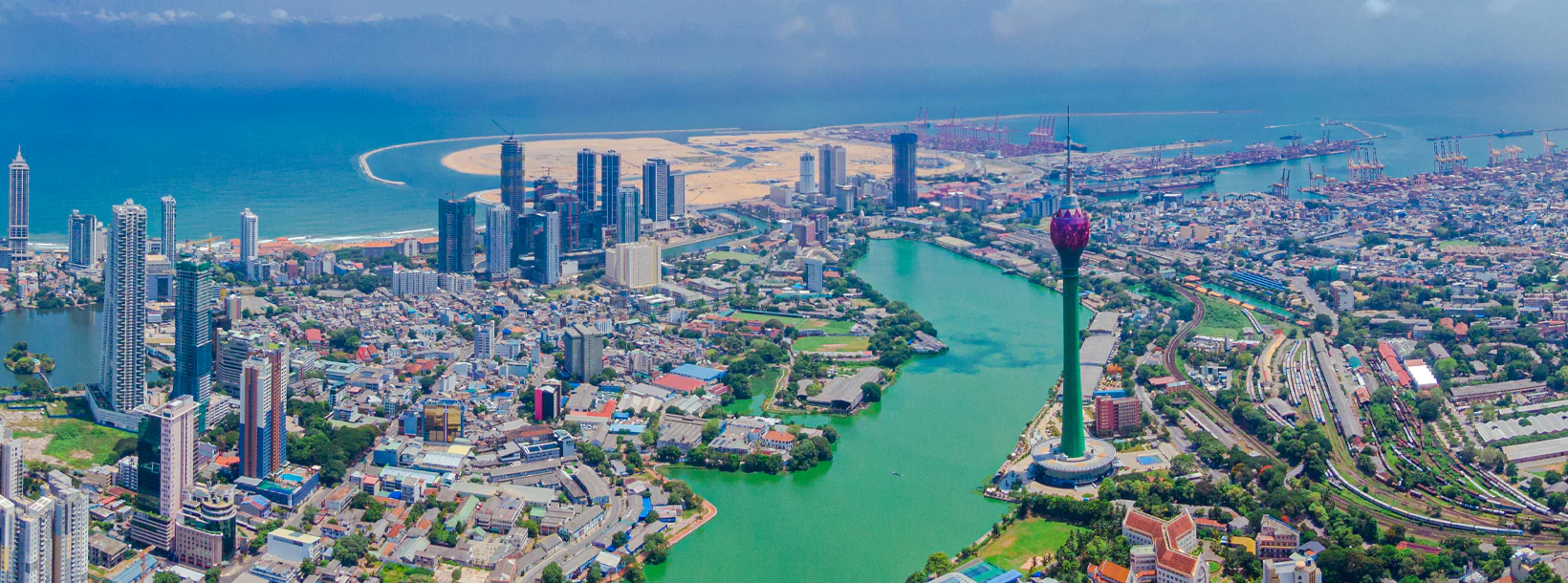
Colombo City
Colombo, the capital of Sri Lanka, is a dynamic city blending tradition and modernity. It showcases colonial architecture, lively markets, and serene Buddhist temples. With diverse cuisine, a growing skyline, and beautiful beaches, it's a vibrant hub for business, culture, and tourism, offering a gateway to explore Sri Lanka's wonders.
Colombo Public Library
The beginnings of what is known as the Colombo Public Library were in 1925 when the Colombo free library was opened on August 10. It was on a resolution moved in the Municipal Council by E. W. Jayawardena that the library was established. There were two libraries at the time, namely the Colombo Library and the Pettah Library. The Colonial Secretary at the time, Sir Cecil Clementi called a meeting of subscribers to both libraries and it was agreed to hand over their books to the new library which was to be run as a department of the Municipal Council.
By that time, the Colombo Library had been in existence for over a century, having been founded in 1813. Called 'The United Service Library' it was exclusively for the use of civil and military officers of the Government stationed in Colombo and was housed in a building opposite the Queen's House (presently the President's House). A few years later the Burghers of Colombo opened a library in Pettah and called it the 'Colombo Pettah Library.' Pettah was the residential area of the Burghers who moved over from Fort when it became too busy and noisy.
The Public Library was housed in one of the oldest mansions called 'Sirinivasa,' in Edinburgh Crescent owned by Mudaliyar Sri Chandrasekera for 55 years, until a more spacious building was constructed at the present site at Vihara Maha Devi Park. The earlier building is now the official residence of the Mayor of Colombo.
The Colombo Museum Library was also one of the early libraries in the city. The founder of the Museum, Governor Sir William Gregory (1872-77) was instrumental in promoting the Museum library too and ordered many works of reference on natural history and oriental literature. These along with the library of the Royal Asiatic Society Ceylon Branch, which was housed in the Museum, formed a valuable reference library particularly for research students.
About Colombo District
Colombo is the largest city and commercial capital of Sri Lanka. It is located on the west coast of the island and adjacent to Sri Jayewardenepura Kotte, the capital city of Sri Lanka. Colombo is a busy and vibrant city with a mixture of modern life and colonial buildings and ruins and a city population of 647,100.The Colombo Metropolitan Region, defined by the districts of Colombo, Gampaha and Kalutara, has an estimated population of 5,648,000, and covers an area of 3,694.20 km²
Colombo is a multi-ethnic, multi-cultural city. It is the most populous city in Sri Lanka, with 642,163 people living within the city limits. The population of Colombo is a mix of numerous ethnic groups, mainly Sinhalese, Moors and Tamils. There are also small communities of people with Chinese, Portuguese, Dutch, Malay and Indian origins living in the city, as well as numerous European expatriates.
The great majority of Sri Lankan corporations have their head offices in Colombo. Some of the industries include chemicals, textiles, glass, cement, leather goods, furniture, and jewellery. In the city center is located South Asia's second tallest building - The World Trade Centre.
About Western Province
The Western Province is the most densely populated province of Sri Lanka. It is home to the legislative capital Sri Jayawardenepura Kotte as well to Colombo, the nation's administrative and business center. Western Province is divided into 3 main districts called Colombo (642 km²), Gampaha (1,386.6 km²) and Kalutara (1,606 km²) districts. As Sri Lanka's economic hub, all the major local and international corporations have their presence in the city and so do all the major designer and high street retailers, so be ready to indulge in some retail therapy in western province.
Having the highest population in the all the provinces, the almost all the premier educational institutions in the island are located in western province. Universities in the province include the University of Colombo, the University of Sri Jayewardenepura, University of Kelaniya, Open University, Sri Lanka, Buddhist and Pali University of Sri Lanka, General Sir John Kotelawala Defence University and University of Moratuwa .Western province has the largest amount of schools in the country, which includes National, Provincial, Private and International schools.

